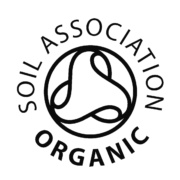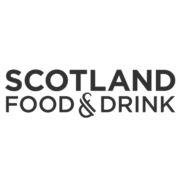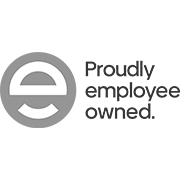Product Lifecycle
WELFARE AT EVERY STAGE
We work hard to achieve the best possible standards of animal welfare throughout our processes.
Aquascot support RSPCA standards and ensure staff are trained in animal welfare best practice – minimising stress, maximising health.
Structuring our product lifecycle to ensure our salmon have the highest standard of life achievable also results in an end-product of excellent quality.

Product Lifecycle
Farming fresh Scottish salmon involves careful selection, gradual growth, best feed, close inspection, high welfare standards and phases in both freshwater and seawater.
This diagram illustrates it in the simplest terms, and offers a glimpse at the work that goes into producing premium salmon products before they even reach processing.

01. Eggs
Broodstock salmon are selected in Autumn and eggs from females are fertilised with milt from males. The eggs develop in purpose-build freshwater incubators.
02. Alevins
Newly hatched alevins feed on the yolk sac attached to their bodies, and remain in carefully controlled trays for around 1 month until they can feed independently.
03. Fry
The salmon are now known as fry, and are transferred to to small freshwater tanks where they receive regular feed.
04. Parr
6-9 months after hatching, the salmon are now known as parr - indicated by a dark vertical stripe which forms along the body. They begin to change colour as they grow into their next life stage.
05. Smolt
This stage sees salmon undergo a morphological change known as 'smoltification', as they adapt to move from freshwater to the marine environment.
06. Seawater
Smolts are transferred to sea pens where they continue to grow and mature for 10-16 months.
07. Processing
When ready, the salmon are removed from pens and transferred to Aquascot's production facility at Alness, where they are gutted, washed and processed - before being packaged and sent out to retail.
08. Retail
Some salmon will be prepared and sold as whole fish product, while others will be sold as fillets or used in a wide range of delicious 'added-value' dishes.













